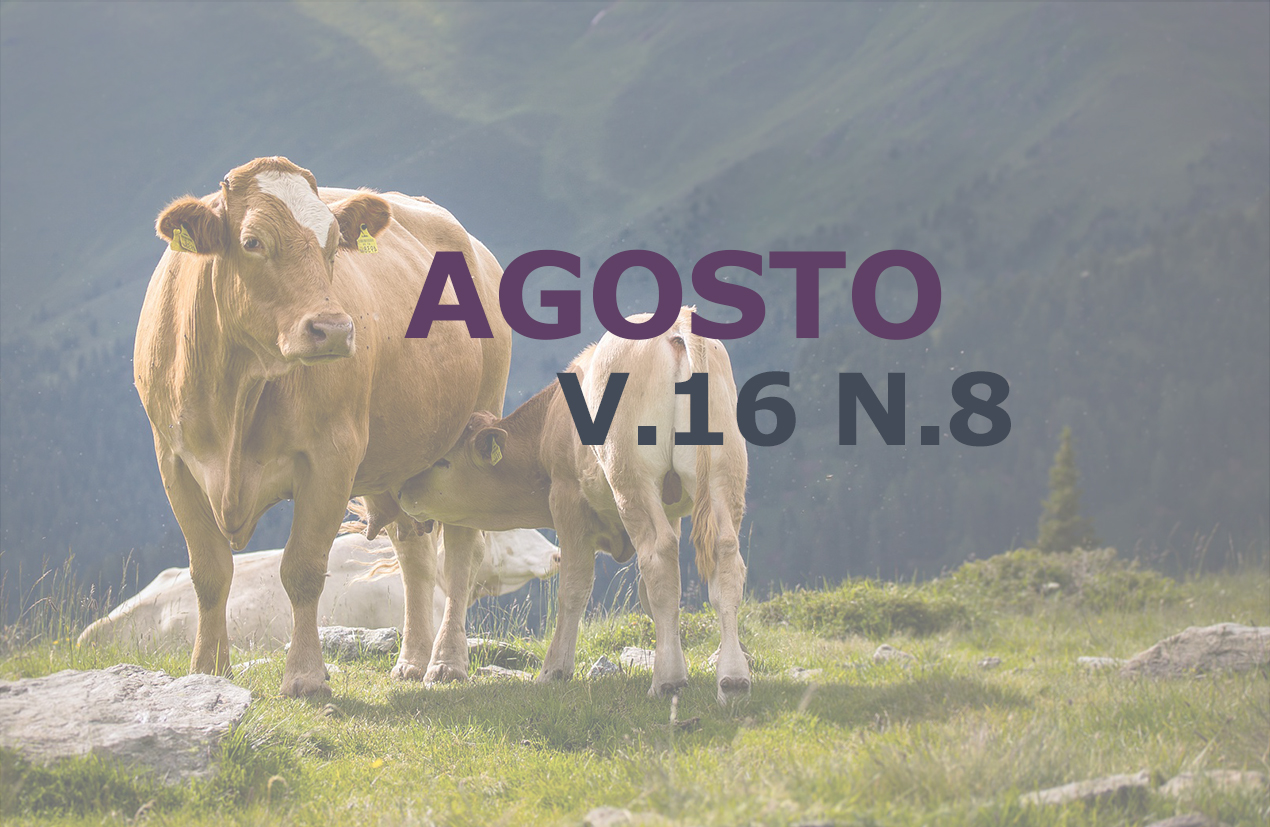Portraits of wagon drivers’ communities in southern Brazil
DOI:
https://doi.org/10.31533/pubvet.v16n08a1183.1-7Keywords:
Occupation, traction, urban, vehiclesAbstract
Technological developments have made motor vehicles for cargo transportation available to human beings, but animal-powered vehicles are still found circulating in urban areas. The use of horse-drawn wagons for cargo transport guarantees the survival of populations in urban areas and little is known about the reality of this population. In this sense, the aim of this study was to portray the profile of the wagon drivers in a municipality from metropolitan region of Rio Grande do Sul, Brazil. Informations were obtained by interviews conduct during home visits. Thirty-eight drivers were interviewed, of which 84.86% were male with an average age of 38 years and about 60% did not complete elementary school. Cargo transportation was the main source of income for 57.8% of respondents, in 63.15% the income was below a minimum monthly wage and 28.4% was related to working from 5 to 7 days per week. It has been found that the reality of car drivers is verified in other communities of Brazilian urban centers and is marked by low incomes, excessive working hours and little information on the health of horses.
Downloads
Published
Issue
Section
License
Copyright (c) 2022 Elisa de Menezes Teixeira, Giovana Dantas de Araujo, Jéssica Grace da Silveira, Carolina Jung Kremer, Rogério Oliveira Rodrigues, Angélica Cavalheiro Bertagnolli

This work is licensed under a Creative Commons Attribution 4.0 International License.
Você tem o direito de:
Compartilhar — copiar e redistribuir o material em qualquer suporte ou formato
Adaptar — remixar, transformar, e criar a partir do material para qualquer fim, mesmo que comercial.
O licenciante não pode revogar estes direitos desde que você respeite os termos da licença. De acordo com os termos seguintes:
Atribuição
— Você deve dar o crédito apropriado, prover um link para a licença e indicar se mudanças foram feitas. Você deve fazê-lo em qualquer circunstância razoável, mas de nenhuma maneira que sugira que o licenciante apoia você ou o seu uso. Sem restrições adicionais
— Você não pode aplicar termos jurídicos ou medidas de caráter tecnológico que restrinjam legalmente outros de fazerem algo que a licença permita.





